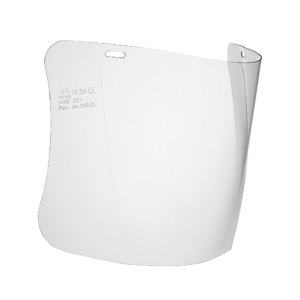Personal Protective Equipment (PPE) plays a crucial role in ensuring the safety of workers in various industries. Among the most critical PPE is the Personal Fall Arrest System (PFAS), designed to prevent falls from heights and protect workers from serious injuries. In this comprehensive guide, we will explore the importance of PFAS, the regulations surrounding their use, and when and how to implement them effectively to promote a safer work environment.
Understanding Personal Fall Arrest Systems (PFAS)
A Personal Fall Arrest System typically consists of three main components: an anchor point, a body harness, and a connecting device. The anchor point must be securely attached to a stable structure capable of supporting the load imposed during a fall. The body harness is worn by the worker and is designed to distribute the fall forces over the shoulders, thighs, and pelvis, minimizing injury risks. The connecting device, such as a lanyard or self-retracting lifeline, links the harness to the anchor point.
Regulatory Compliance and Standards
Before implementing PFAS in your workplace, it’s vital to understand the relevant regulatory requirements. In the United States, the Occupational Safety and Health Administration (OSHA) sets forth guidelines under the Occupational Safety and Health Act (OSHA Act). Employers must comply with these standards to ensure worker safety.
Additionally, various industry-specific standards like ANSI Z359.1 (for general industry) and ANSI A10.32 (for construction and demolition operations) provide specific guidelines for using fall protection systems. Familiarize yourself with these standards to ensure your workplace meets all necessary compliance requirements.
Identifying Fall Hazards
Assessing your workplace for potential fall hazards is the first step in implementing an effective PFAS. Some common fall hazards include elevated workstations, roof edges, scaffolds, and ladder access points. Conduct a thorough evaluation to identify these areas and understand the specific fall risks associated with each.
When to Use Personal Fall Arrest Systems
1. Working at Heights: Any work conducted at heights, whether above ground level or near edges, requires the use of PFAS. This includes construction activities, roof repairs, tree trimming, and more.
2. Working Near Unprotected Edges: Employees working within a certain distance from unprotected edges, such as balcony railings or elevated platforms, should be equipped with PFAS to prevent potential falls.
3. Working with Ladders and Scaffolds: When using ladders or scaffolding, there is an inherent risk of falling. Utilize PFAS as an additional safety measure in such scenarios.
4. Emergency and Rescue Operations: Even during rescue missions or emergency response scenarios, it’s essential to provide responders with proper fall protection gear.
Training and Education
Simply providing PFAS is not enough; thorough training and education are essential to ensure that workers understand how to use the equipment correctly. Training should cover proper harness fitting, equipment inspection, maintenance, and emergency procedures.
Inspections and Maintenance
Regular inspections and maintenance of PFAS are critical to guarantee their reliability and effectiveness. Develop a schedule for inspections, document the process, and promptly address any issues identified during inspections.
Conclusion
Personal Fall Arrest Systems are indispensable tools in protecting workers from falls and ensuring a safe working environment. By complying with regulations, identifying fall hazards, providing comprehensive training, and maintaining equipment, employers can create a culture of safety and significantly reduce the risk of fall-related injuries. Remember, the safety of your workforce should always be a top priority, and implementing PFAS is a crucial step towards achieving this goal.



